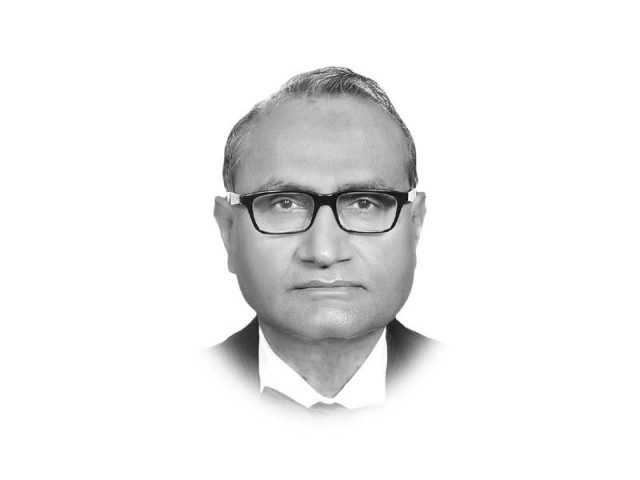16 December 1971: before and after
Bangladesh ahead of Pakistan in economic and social development

The writer is a senior economist. He can be contacted at pervez.tahir@tribune.com.pk
Fast forward. Bangladesh experienced a growth of above seven per cent in 2016 and 2017. It has been on a higher growth trajectory since 2000. The average annual growth between 2000 and 2017 was 6.0 per cent. Pakistan’s growth in 2016 and 2017 was far lower at 5.53 and 5.70 per cent, respectively. The average annual growth during 2000-2017 was 4.2 per cent. For 18 years, Bangladesh has been ahead by 1.8 percentage points in terms of growth. Between 2000 and 2017, the economy of Pakistan has doubled its size in constant 2010 US$, while the Bangladesh economy increased its size by more than two and half times. At 240.857 billion (constant 2010 US$), the economy of Pakistan in 2017 is still larger than Bangladesh’s 179,992 billion, but the continuation of the present growth rates may well reverse the picture. Gross capital formation is the key to growth. In Pakistan, its annual growth is a pittance of three per cent compared to 8.6 per cent in Bangladesh.
In these years, Bangladesh has done everything that the Pakistanis thought their country was incapable of. It was considered a bad location for industrialisation. Manufacturing growth in Bangladesh in 2000-2017 was 8.7 per cent per annum, compared to 5.4 in Pakistan. The share of manufacturing in Bangladesh’s GDP is 17 per cent whereas Pakistan is de-industrialising at 12 per cent. The so-called jute economy exported $40 billion worth of goods, 95.8 per cent of which were manufactures. Pakistan exported a mere $21.6 billion, with a far lower share of manufactures at 77.2 per cent. True, Bangladesh enjoys trade preferences, but so does Pakistan in the form of GSP-Plus without much effect. Pakistan’s imports, $57.8, exceeded Bangladesh’s imports of $52.8 billion.
Poverty rates at national poverty line are about the same. It was 24.3 per cent in Bangladesh in 2016 and 24.3 per cent in Pakistan in 2015. Rural poverty is higher than urban poverty in both countries. Inequality, measured by Gini coefficient was 33.5 in 2015 in Pakistan, while it was 32.4 in 2016 in Bangladesh. In social indicators, population is the major success story of Bangladesh. It has a crude birth rate of 19 per thousand compared to 28 for Pakistan. The population growth rate is 1.3 per cent against Pakistan’s 2.1 per cent. Contraceptive Prevalence Rate is 63 per cent in the poorest quintile against 21 per cent for Pakistan. Male literacy in Bangladesh is 76 per cent and female literacy is 70 per cent, compared to 69 and 44 per cent in Pakistan. Youth literacy is 91 and 94 per cent for males and females in Bangladesh; it is 80 and 66 per cent in Pakistan. Primary completion rate for males and females is 90 and 107 per cent in Bangladesh and 78 and 65 per cent in Pakistan. Life expectancy at birth is 72 in Bangladesh and 66 in Pakistan and the under-five mortality rates are 32 and 75 per thousand live births.
Bangladesh, fellow Pakistanis, is ahead of us in economic and social development.
Published in The Express Tribune, December 21st, 2018.
Like Opinion & Editorial on Facebook, follow @ETOpEd on Twitter to receive all updates on all our daily pieces.













COMMENTS
Comments are moderated and generally will be posted if they are on-topic and not abusive.
For more information, please see our Comments FAQ